Home>Gardening & Outdoor>Landscaping Ideas>What Happens If You Water Grass Too Much
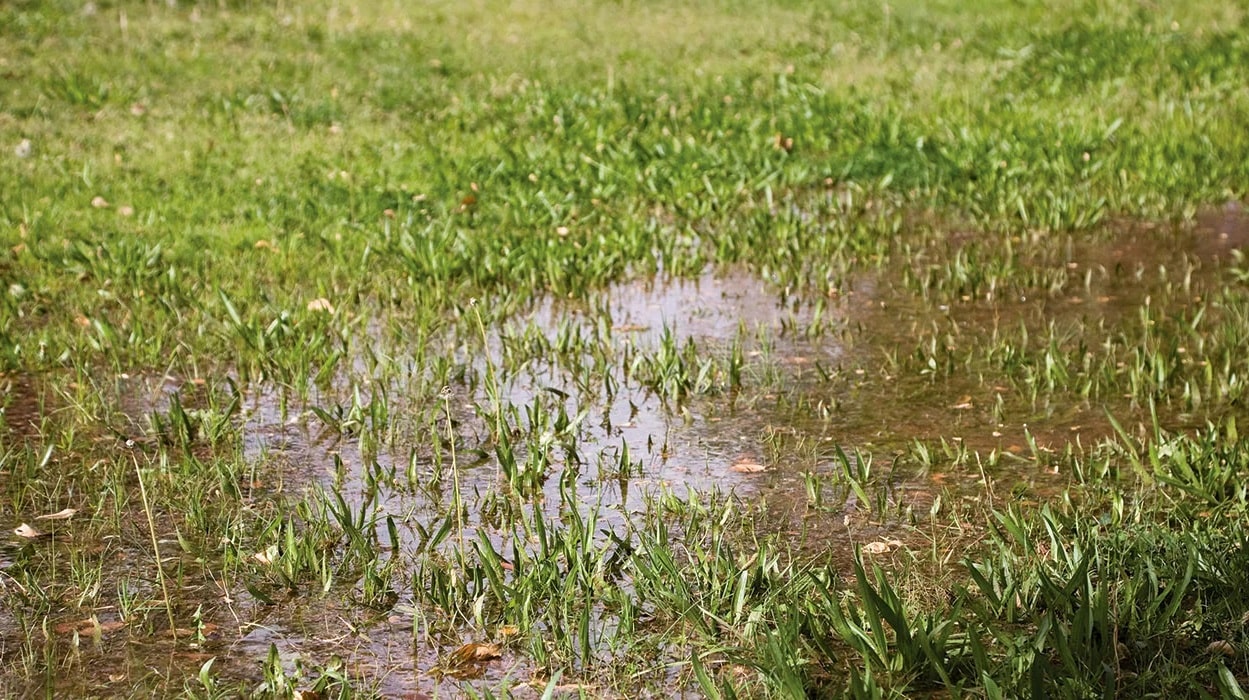

Landscaping Ideas
What Happens If You Water Grass Too Much
Published: January 26, 2024
Learn the effects of overwatering your grass and discover helpful landscaping ideas to maintain a healthy lawn. Avoid waterlogged soil and promote lush, green growth.
(Many of the links in this article redirect to a specific reviewed product. Your purchase of these products through affiliate links helps to generate commission for Storables.com, at no extra cost. Learn more)
Introduction
When it comes to maintaining a lush, vibrant lawn, proper watering is key. Many homeowners diligently water their grass, believing that more water will result in a healthier lawn. However, the truth is that overwatering can have detrimental effects on grass, leading to a host of issues that can compromise the overall health and appearance of your lawn.
In this comprehensive guide, we will delve into the consequences of overwatering grass, the telltale signs of overwatering, and most importantly, how to rectify the situation if you find that you've been overzealous with the watering can or sprinkler. Understanding the impact of excessive watering on your grass is crucial for maintaining a thriving lawn and ensuring that your efforts yield the desired results.
So, let's embark on a journey to unravel the mysteries of grass watering and discover the repercussions of overindulging our lawns with too much of a good thing. By the end of this guide, you'll be equipped with the knowledge and insights needed to nurture your grass to perfection, striking the ideal balance between hydration and aeration for a verdant, picture-perfect lawn.
Key Takeaways:
- Overwatering grass can suffocate roots, promote fungal diseases, and leach essential nutrients, leading to yellowing, slow growth, and poor drainage.
- To fix overwatered grass, aerate soil, adjust watering, remove thatch, apply fertilizer, and maintain proper mowing practices for a lush, vibrant lawn.
Understanding Grass Watering Needs
Before delving into the potential pitfalls of overwatering, it’s essential to understand the watering requirements of grass. The amount of water your lawn needs depends on various factors, including the grass species, climate, soil type, and overall environmental conditions.
Grass typically requires about 1 to 1.5 inches of water per week, either from rainfall or irrigation. However, this can vary based on the specific type of grass you have. For instance, cool-season grasses such as Kentucky bluegrass and fescue thrive with consistent moisture but can tolerate short periods of drought. On the other hand, warm-season grasses like Bermuda grass and Zoysia grass are more drought-tolerant and may not need as much water to maintain their vitality.
Understanding the water needs of your specific grass type is crucial for establishing an effective watering routine. Factors such as the depth of the grass roots, soil composition, and drainage also play a significant role in determining how often and how much water your lawn requires.
By familiarizing yourself with the unique characteristics of your grass and its environment, you can tailor your watering schedule to meet its specific needs. This personalized approach to lawn care ensures that your grass receives the right amount of moisture to thrive, while minimizing the risk of overwatering.
Consequences of Overwatering Grass
While water is essential for the health and growth of grass, overwatering can lead to a myriad of detrimental effects that undermine the well-being of your lawn. Understanding these consequences is crucial for preventing and addressing the adverse outcomes of excessive watering.
One of the primary repercussions of overwatering is the suffocation of grass roots. When soil becomes waterlogged due to excessive irrigation, it restricts the flow of oxygen to the roots, impeding their ability to respire and absorb essential nutrients. This can weaken the root system, making the grass more susceptible to disease and environmental stressors.
Furthermore, overwatering can promote the proliferation of fungal diseases such as root rot and mildew. Excess moisture creates an ideal breeding ground for fungi, which can rapidly spread and cause widespread damage to the grass. These diseases manifest as discolored, slimy, or decaying patches on the lawn, detracting from its aesthetic appeal and overall health.
Another consequence of overwatering is the leaching of essential nutrients from the soil. Excessive water can wash away vital minerals and fertilizers, depriving the grass of the sustenance it needs to thrive. This nutrient depletion can manifest as yellowing or stunted growth, diminishing the vibrancy and lushness of the lawn.
Additionally, overwatering can lead to shallow root development, as the grass becomes reliant on surface-level moisture. This weakens the grass’s resilience to drought and environmental stress, making it more susceptible to damage during dry spells or extreme weather conditions.
By comprehending the potential repercussions of overwatering, you can take proactive measures to avoid these pitfalls and preserve the health and beauty of your lawn. Recognizing the signs of overwatering is the first step toward implementing corrective measures and establishing a balanced watering regimen that promotes the flourishing of your grass.
Water your grass deeply and infrequently to encourage deep root growth. Overwatering can lead to shallow roots, making the grass more susceptible to disease and drought. Keep an eye on the weather and adjust your watering schedule accordingly.
Signs of Overwatering
Identifying the signs of overwatering is essential for promptly addressing the issue and mitigating its adverse effects on your lawn. By recognizing these indicators, you can take proactive steps to restore the health and vitality of your grass, ensuring that it thrives in optimal conditions.
One common sign of overwatering is the presence of persistent standing water or soggy areas on the lawn, especially after irrigation or rainfall. This indicates poor drainage and excessive moisture retention in the soil, which can suffocate the grass roots and create an environment conducive to fungal growth.
Another telltale sign is the development of yellow or chlorotic patches on the grass. Overwatered lawns often exhibit discoloration as a result of nutrient leaching and root suffocation. The grass may appear wilted or limp, lacking the vigor and resilience characteristic of a healthy lawn.
Excessive thatch accumulation is also indicative of overwatering. Thatch is a layer of organic debris that accumulates between the grass blades and the soil. Overwatering can contribute to the rapid buildup of thatch, impeding the penetration of water, air, and nutrients to the roots, and creating an environment conducive to pests and disease.
In addition, the presence of fungal growth, such as mold or mildew, on the grass or soil surface is a prominent sign of overwatering. Fungi thrive in moist environments, and overwatered lawns provide the ideal conditions for their proliferation. The appearance of fuzzy, discolored, or slimy patches indicates a fungal infestation that requires immediate attention.
Lastly, overwatered grass may exhibit stunted or slow growth, as the excessive moisture impedes the uptake of essential nutrients and hinders root development. The grass may appear lackluster and less vibrant than expected, signaling the need for adjustments to the watering regimen to restore its vigor.
By remaining vigilant for these signs of overwatering, you can promptly intervene to rectify the situation and prevent further damage to your lawn. Addressing the underlying causes of overwatering and adjusting your watering practices can help rejuvenate your grass and promote its long-term health and resilience.
How to Fix Overwatered Grass
Rectifying the effects of overwatering requires a strategic approach aimed at restoring the balance of moisture in the soil and revitalizing the grass. By implementing targeted measures, you can mitigate the damage caused by excessive watering and promote the recovery of your lawn.
The first step in addressing overwatered grass is to assess the drainage and aeration of the soil. If water is pooling or the soil is compacted, aerating the lawn can improve water penetration and alleviate waterlogged conditions. Aeration involves perforating the soil with small holes to facilitate the flow of air, water, and nutrients to the grassroots.
Next, it’s essential to adjust your watering practices to prevent further overwatering. Monitoring the moisture levels in the soil and only irrigating when necessary can prevent the recurrence of waterlogged conditions. Additionally, watering deeply but infrequently encourages the development of deeper roots, enhancing the grass’s resilience to drought and reducing its susceptibility to overwatering.
Removing excess thatch is another critical step in fixing overwatered grass. Thatch buildup can exacerbate water retention and impede the absorption of nutrients, perpetuating the effects of overwatering. Dethatching the lawn using a specialized rake or dethatching machine can alleviate these issues and promote a healthier growing environment for the grass.
To aid in the recovery of overwatered grass, applying a balanced, slow-release fertilizer can replenish essential nutrients that may have been leached from the soil. This nourishment supports the grass’s regrowth and revitalization, helping it regain its lush, vibrant appearance.
Pruning and maintaining proper mowing practices are also integral to the recovery process. Trimming the grass to an appropriate height and removing any damaged or diseased foliage can stimulate new growth and improve the overall health of the lawn.
Lastly, monitoring the lawn for signs of improvement and adjusting your maintenance practices as needed is crucial for facilitating the recovery of overwatered grass. Observing the grass’s response to the corrective measures allows you to fine-tune your approach, ensuring that the lawn regains its vigor and vitality over time.
By diligently implementing these remedial measures, you can effectively address the effects of overwatering and restore the health and beauty of your lawn. With patience and attentive care, your grass will rebound from the impact of excessive moisture, reclaiming its lush, verdant allure for you to enjoy.
Conclusion
Understanding the delicate balance of watering your lawn is essential for nurturing a healthy, vibrant expanse of grass. While water is a vital component of lawn care, overwatering can lead to a range of detrimental effects that compromise the well-being and aesthetics of your lawn. By recognizing the signs of overwatering and understanding its consequences, you can take proactive steps to rectify the situation and promote the recovery of your grass.
From addressing poor drainage and compacted soil to adjusting your watering practices and implementing targeted lawn care measures, there are various strategies for fixing overwatered grass. Aeration, dethatching, and nutrient replenishment play pivotal roles in restoring the balance of moisture and nutrients in the soil, fostering the revitalization of the grass.
By maintaining a vigilant eye on your lawn and tailoring your care regimen to meet its specific needs, you can ensure that your grass thrives in optimal conditions, striking the perfect equilibrium between hydration and aeration. This personalized approach to lawn care not only fosters a lush, resilient lawn but also minimizes the risk of overwatering and its associated challenges.
As you embark on your journey to cultivate a thriving, verdant lawn, remember that attentive observation and proactive intervention are key to preserving the health and beauty of your grass. By staying attuned to the needs of your lawn and responding to signs of overwatering with informed, strategic measures, you can cultivate a lush, resilient expanse of grass that enhances the charm and allure of your outdoor space.
Ultimately, by embracing a balanced, mindful approach to lawn care, you can savor the rewards of a luxuriant, picture-perfect lawn that captivates the eye and provides a refreshing, inviting backdrop for leisure and relaxation.
Frequently Asked Questions about What Happens If You Water Grass Too Much
Was this page helpful?
At Storables.com, we guarantee accurate and reliable information. Our content, validated by Expert Board Contributors, is crafted following stringent Editorial Policies. We're committed to providing you with well-researched, expert-backed insights for all your informational needs.
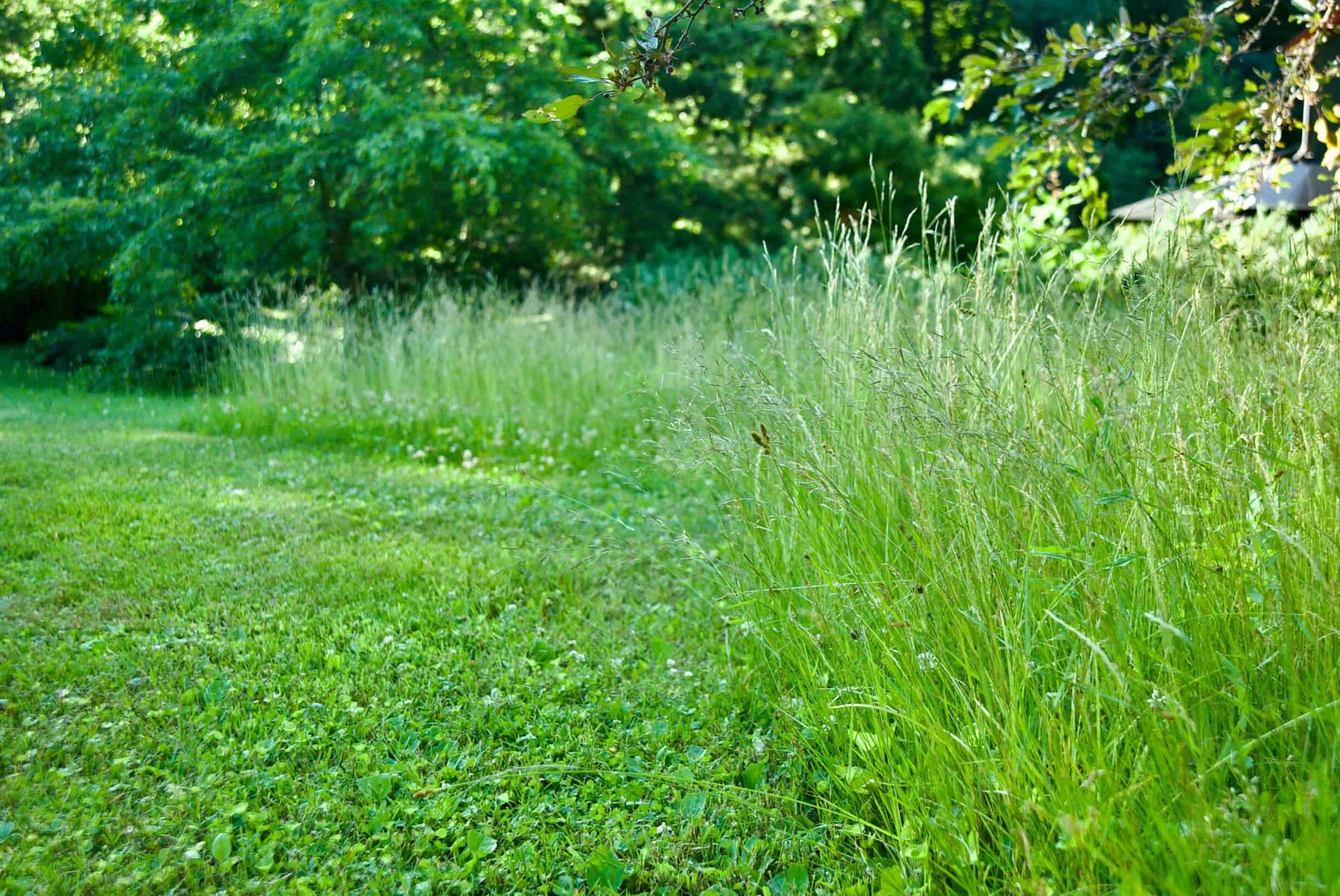
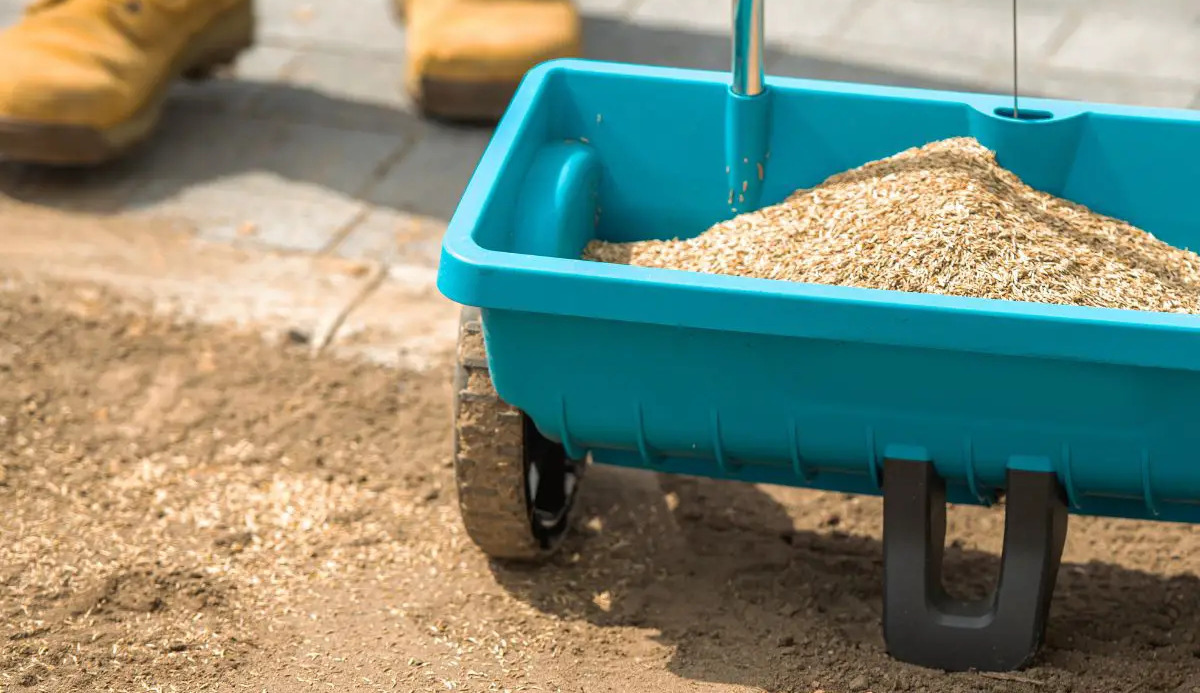
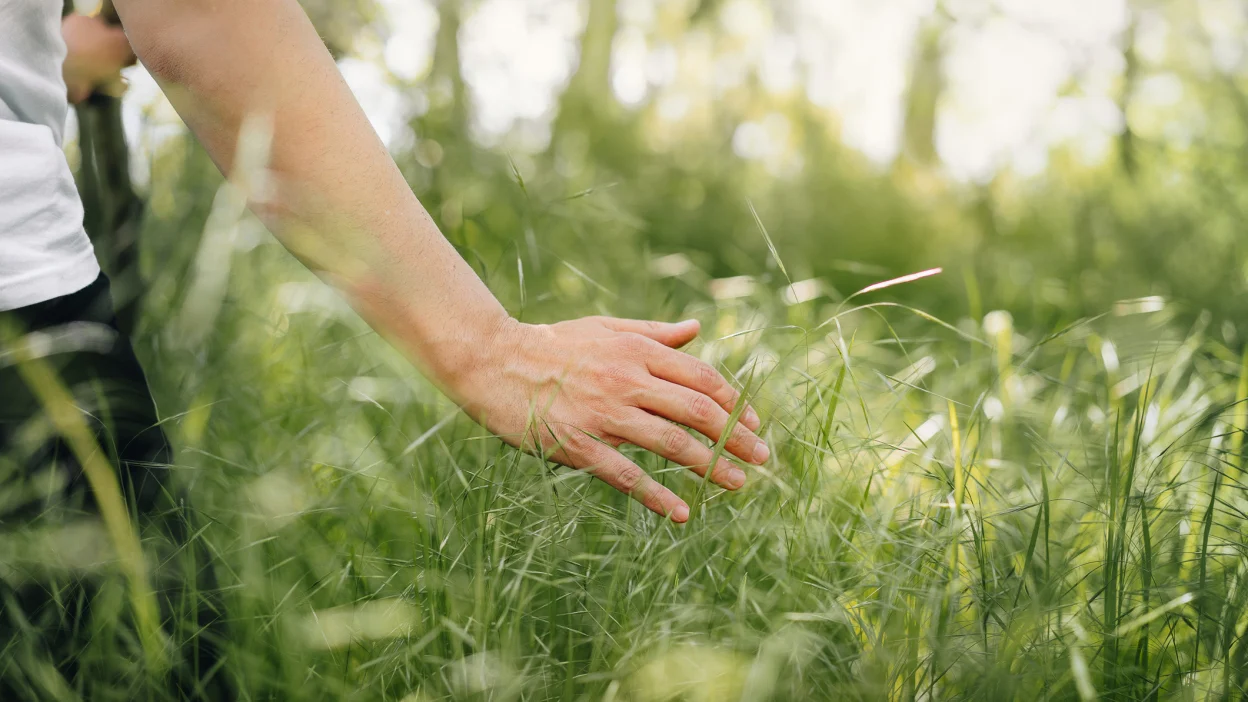
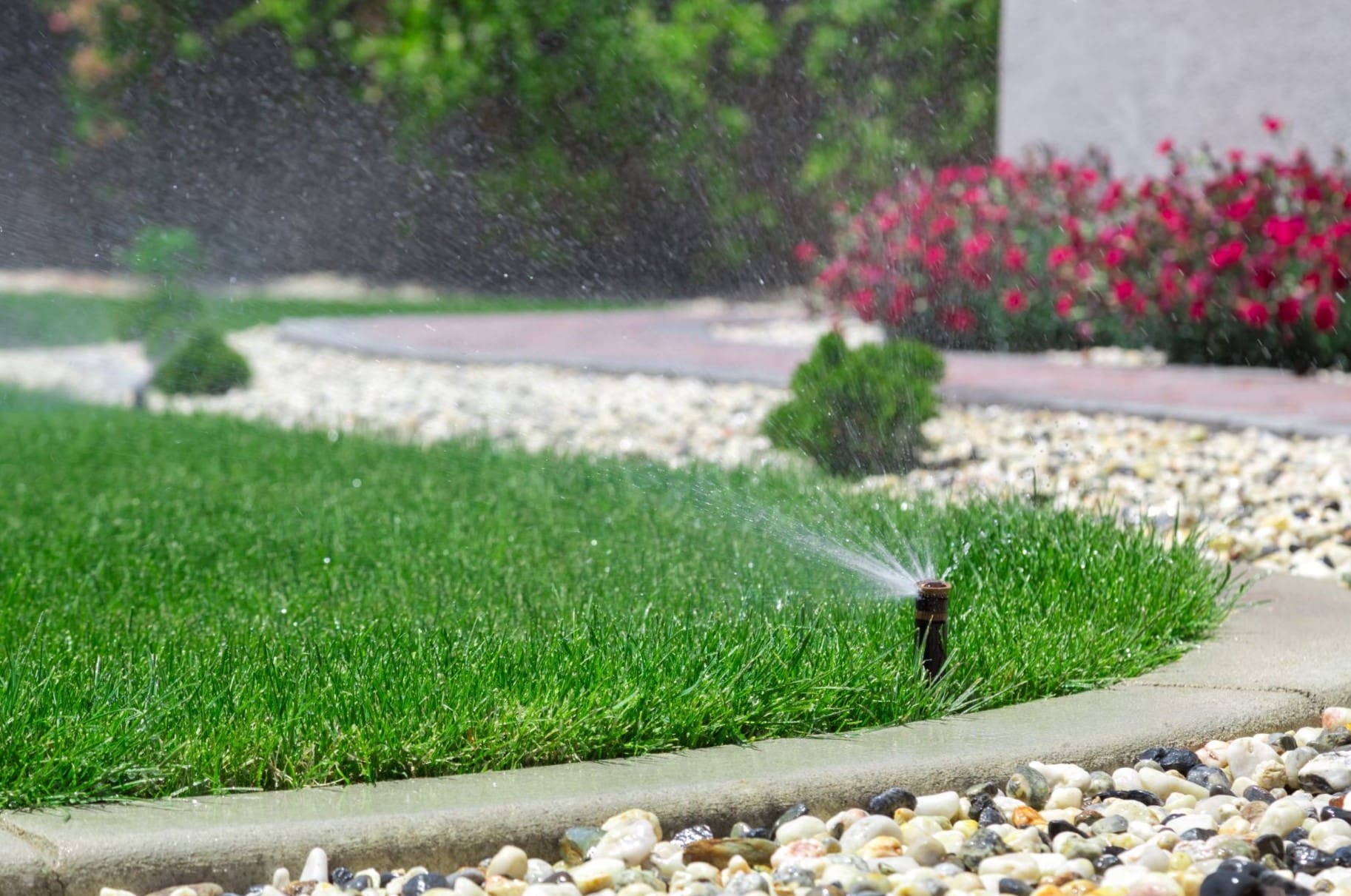

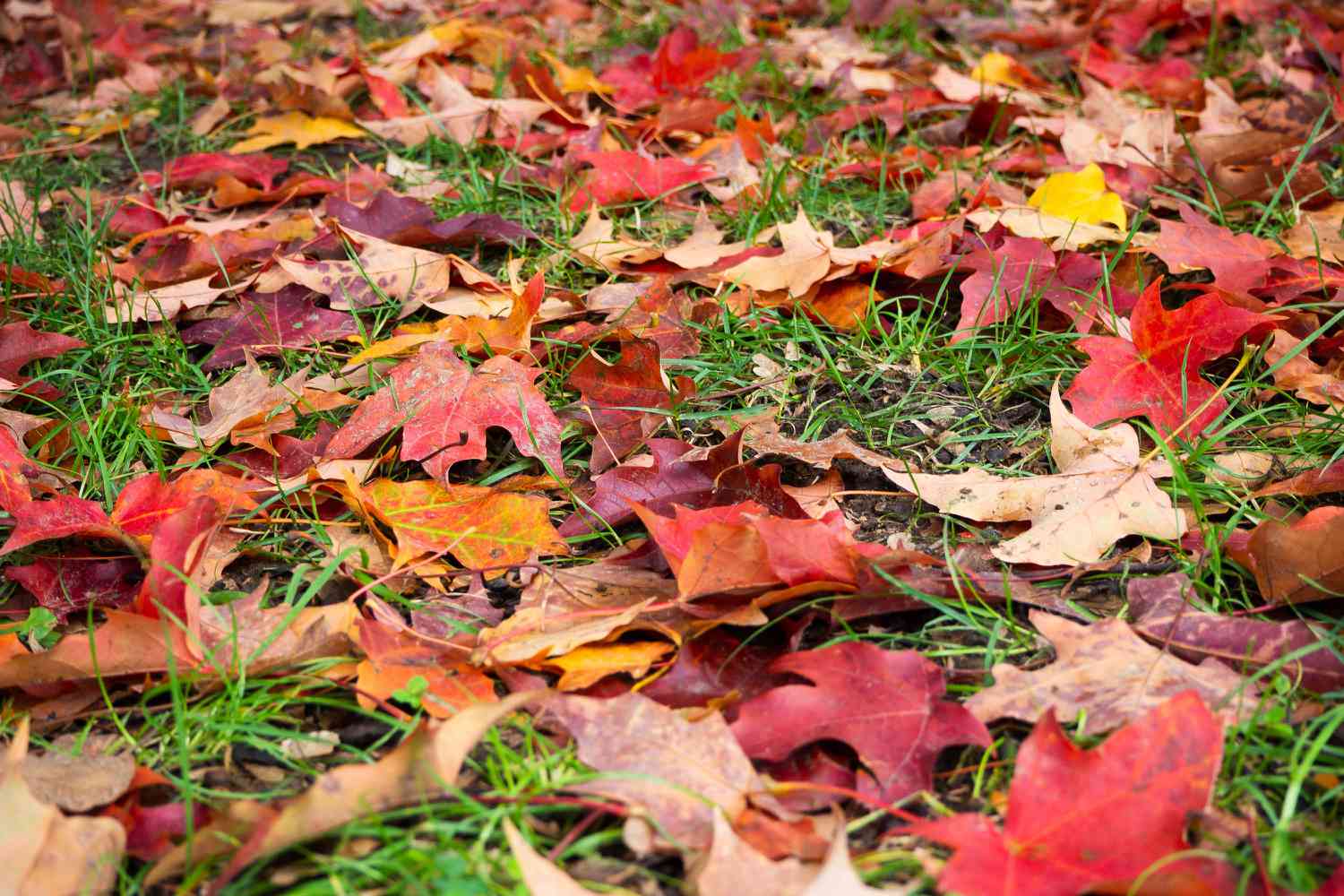
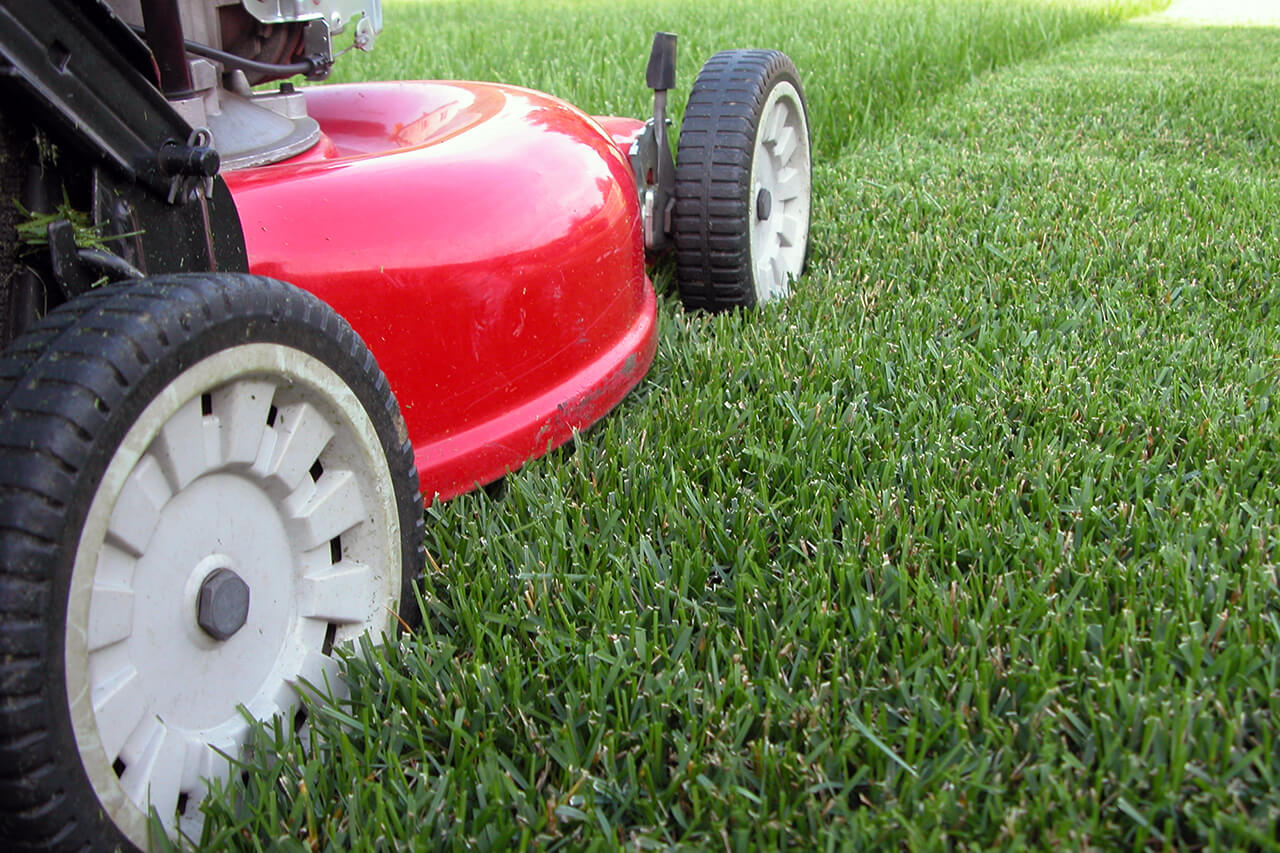
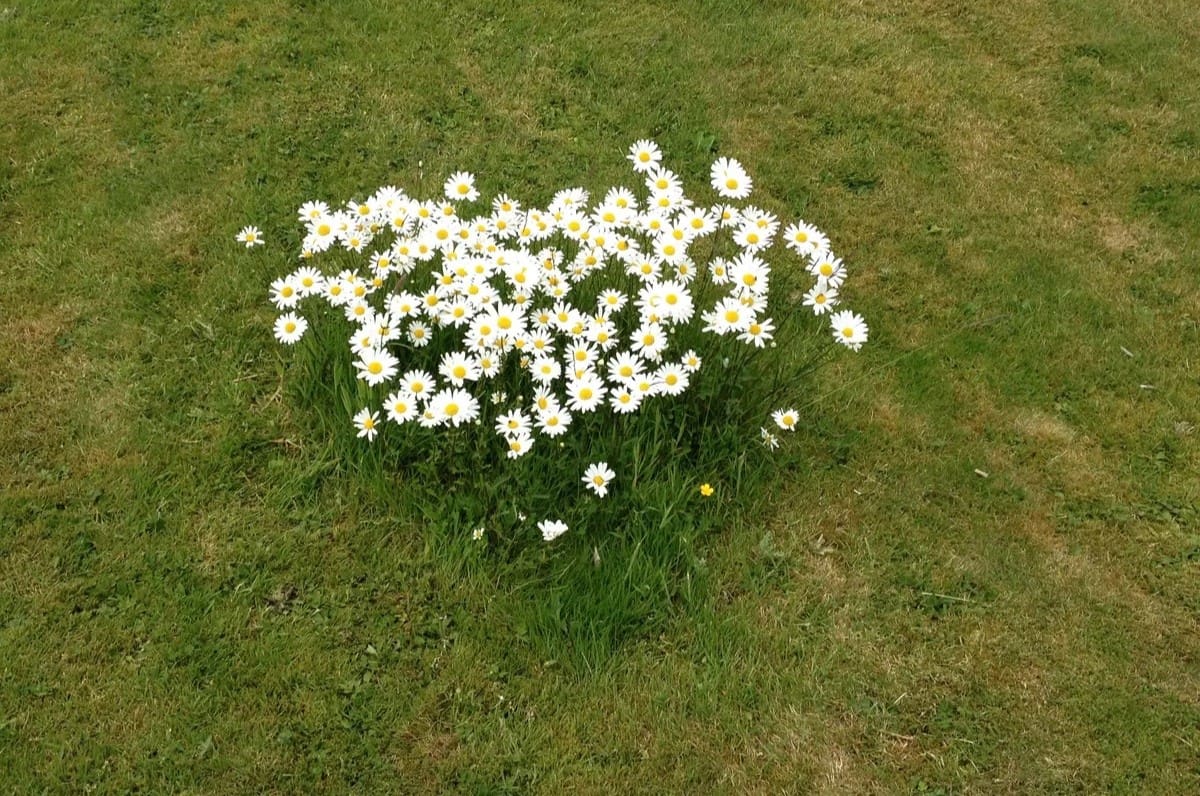


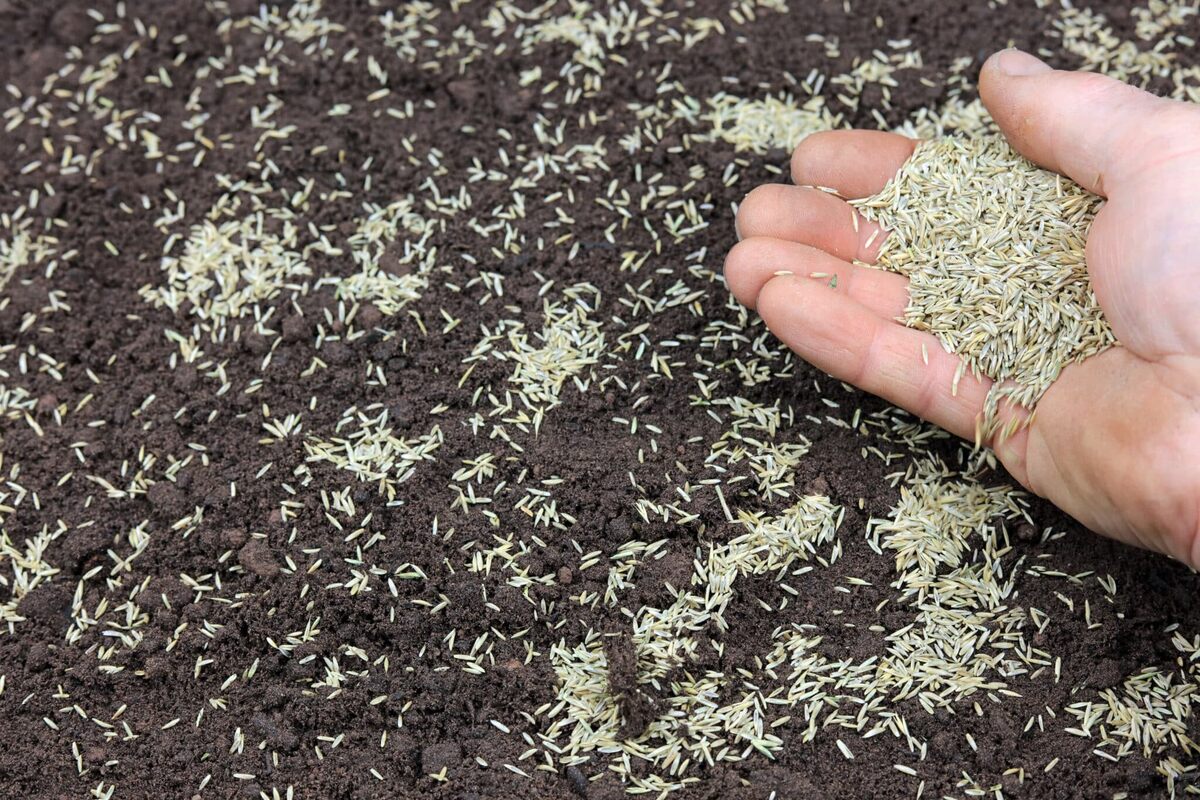

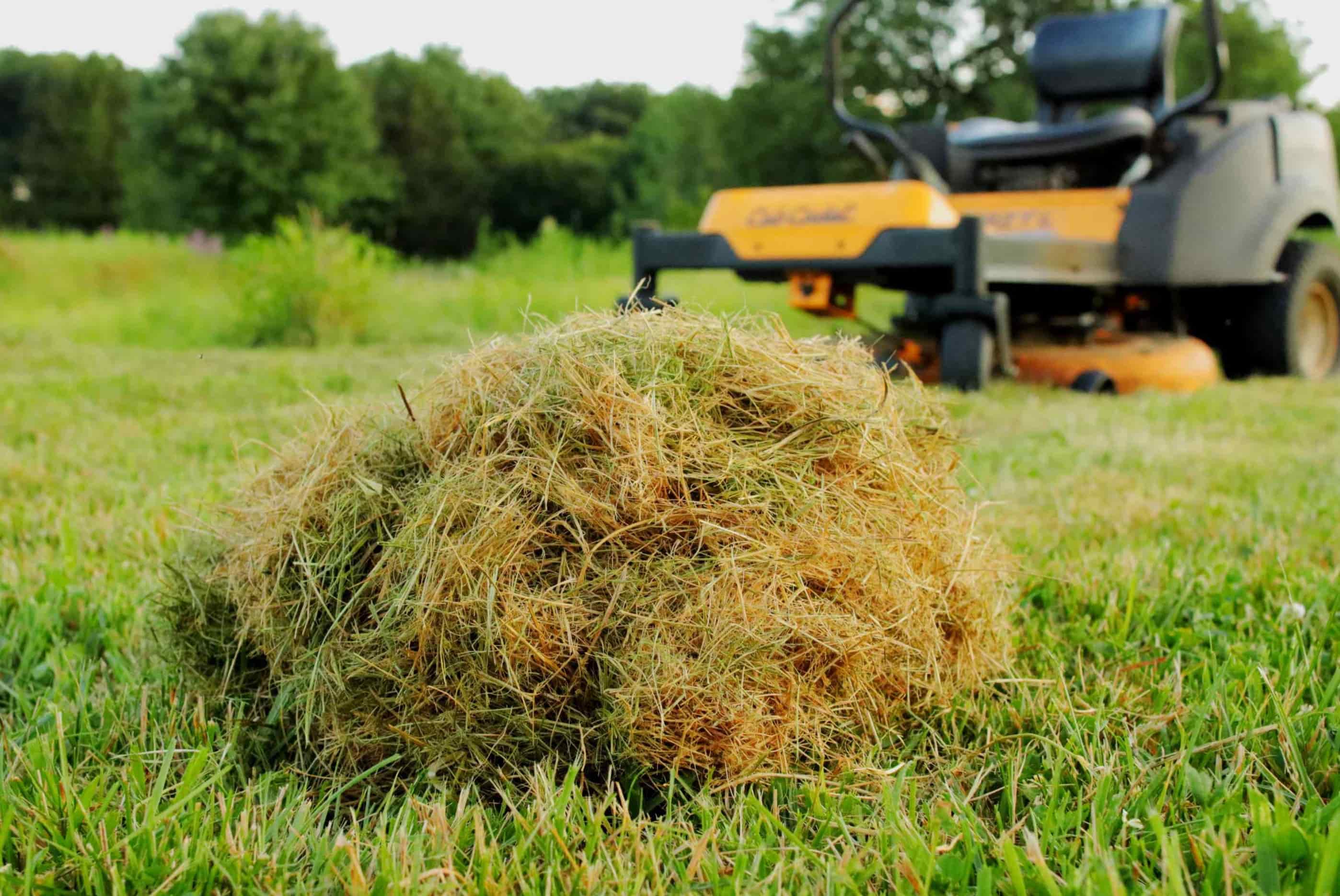
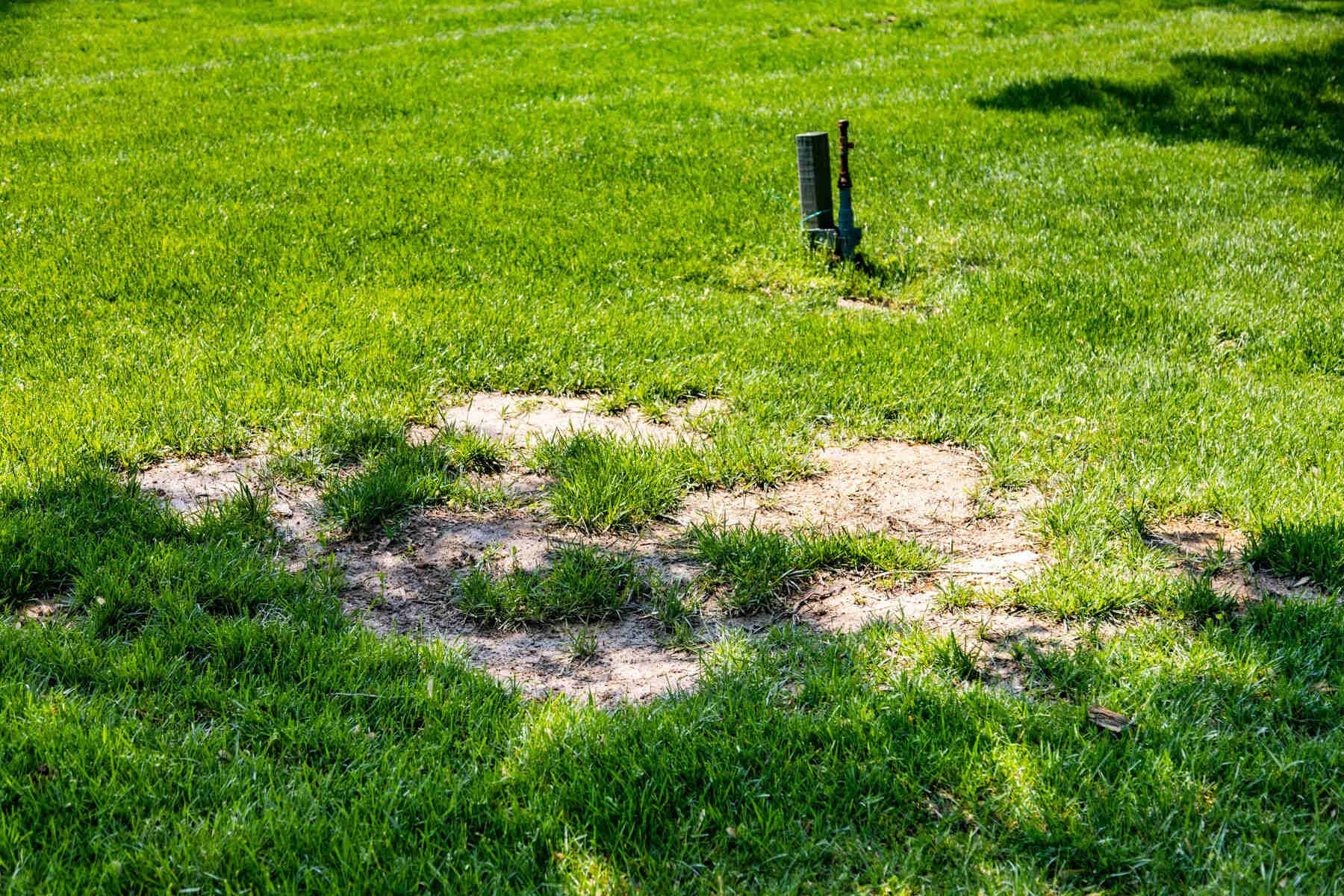

0 thoughts on “What Happens If You Water Grass Too Much”